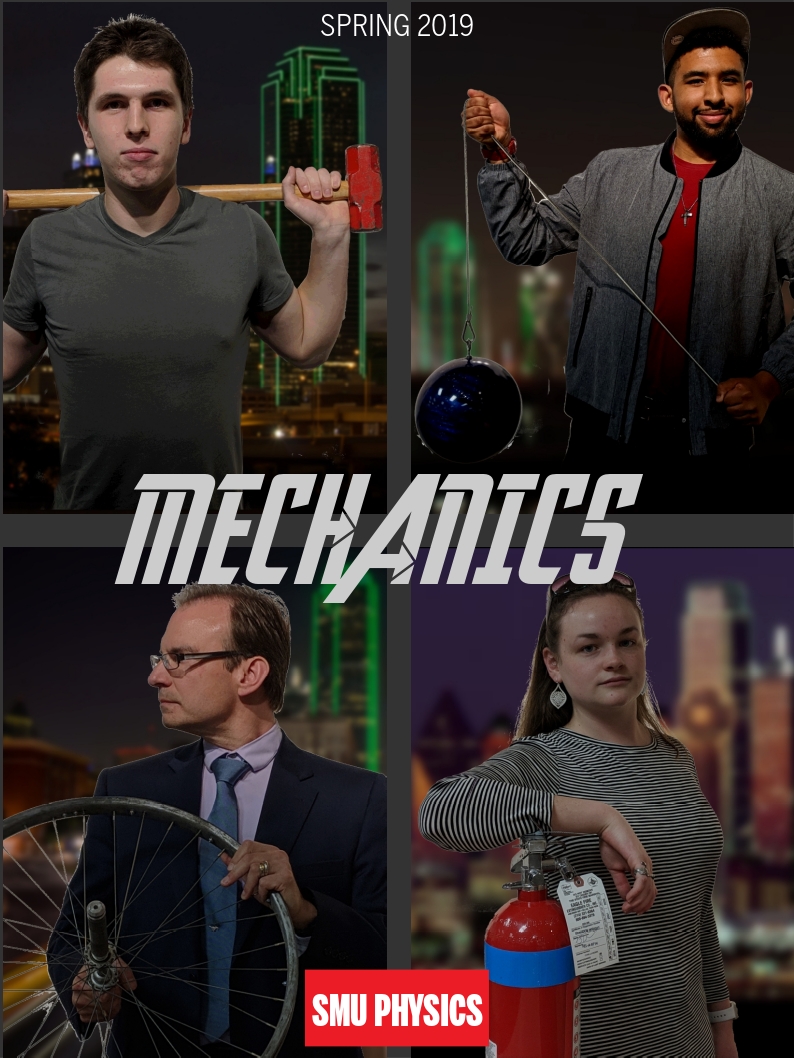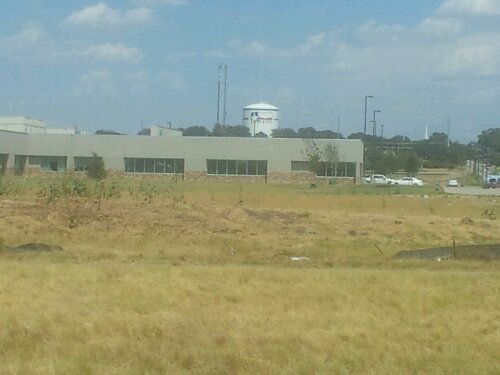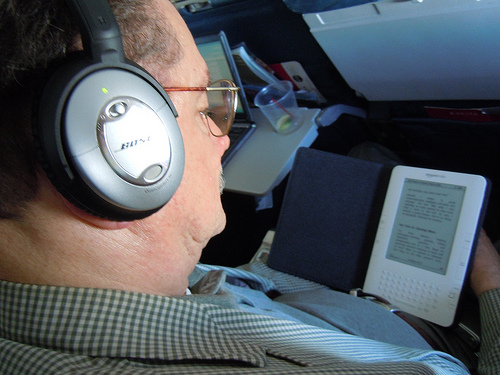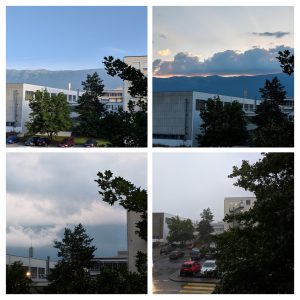
This was a glorious week at CERN. Being away from the United States for a little while, in place that is both host to the complications of international cooperation and a reminder of how things can actually be when people of different nations cooperate well, has been an out-of-body experience for me as an American. It’s been a good thing. Of course, apart from what’s been good for the soul, there has been much research, which is great for the mind. Computer craziness ahead of a deadline, lots of data to copy, an analysis to run from scratch, and new views on old problems filled my week. I’ll reflect a little on this here.
Being at CERN
One day it was glorious with vast blue skies and clear views of the mountains. The next was fierce wind and huge downpours of rain, thunder and lightning in the night. Some days were a blend of the two. Some mornings are chilly, some afternoons are bright and hot and humid.
Just about every spring/summer weather condition you can imagine came to CERN this past week. The weather kept pace with the research activities, as you will see later, but I’ve thoroughly enjoyed the unpredictable nature of the outdoors this whole past week. I like rain, I like sun, I like storms, I like clear views and cool breezes. I’m generally pretty open to all kinds of weather (not a big fan of extreme heat and extreme cold, but that is about it).
This presented me with some challenges. Since having resumed exercise many weeks ago, and since settling into a regular exercise regimen since coming to CERN, I now look forward to my runs on the days when I exercise. Rain in the afternoon posed a challenge I had not faced since I was here on research leave in 2013: run in the rain or not? I generally like running in the rain, so I went for it. Luckily, the rain wasn’t too heavy, and just enough to be pleasant without making me feel like I was running in a swimming pool.
A different climate – not perfect, but different
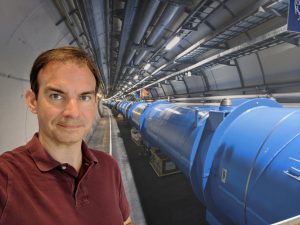
Besides the weather, I’ve been enjoying a different kind of climate here at CERN: one of international cooperation. The streak of isolationist nationalism gripping the United States right now, a streak that is scratching at the core of the form of democracy we practice at home, is far from here. CERN is not perfect; no human institution is perfect (as with all such institutions, it is only ever made better by the commitment, hard work, and even the suffering of the people who care about it). But it is a beautiful example of a place where people from many nations come together to solve problems, of common interest, that have no national border themselves… or that transcend the notion of national borders.
To be around people of many nations has been exhilarating, a reminder of the good that can be done when people come together. There are, of course, also reminders of the baggage that people bring from their own national ideals, social structures, values, etc. But on balance, we make progress in the frontier of human knowledge and we do so by training each person to be the best possible scientist, while working together.
Watching the U.S. from the outside, for just a little while, has been a welcome out-of-body experience at a time when dialog in the U.S. is poisonous in the social media space, when families find they cannot speak amongst themselves any more about much of anything because all things are becoming politically charged, and when expertise has been set aside, at the highest echelons of government, in favor of hollow and listless ideology with a core of dehumanization wrapped in a thin shell of religiosity or pseudo-righteousness.
I sit at breakfast every day, sip coffee and eat fruit and yogurt, and read the newspaper. I marvel at the vacuousness and unsteadiness of the executive branch, the scandals of the EPA chief, the politicization of law enforcement, and the propaganda that converts acts of self-expression intended to spotlight violations of human rights instead into claimed acts of treason. The vulnerable or disenfranchised are depicted as enemies of the state. Immigrants have been treated like a disease, while actual pandemic disease is not a priority at all. One constitutional amendment is deemed more important than another, and no one remembers they are parts of a much grander Constitution and a rich legal tradition that seems mostly forgotten or ignored. Unmitigated racism and jingoism are called free speech, while exercise of a free press is deemed a threat to democracy. I daily watch my country descend into madness.
The worst elements of humanity in the U.S. are empowered by an amoral executive. The best elements of humanity in the U.S. are labeled enemies and traitors. Violence is encouraged. Vitriol is fueled. Families are wedged by this strategy.
Protectionism is free trade. Free trade is theft. The basest of desires are upheld as moral lights. The best instincts of our species are deemed weakness. Always an “other” is identified and blamed for the woes of those who self-describe as victims of the wider world. An absence of personal responsibility abounds under the rule of a party that once claimed to be the guiding light of such high ideals.
As a scientist and an academic in the U.S., a person committed to showing people how to make their own light and shine it on all the dark places of the cosmos, I am starved of oxygen. I am told I am of little worth by the least and loudest in society, whose now find themselves approved by the highest seats of power in our country. Every day in the U.S. since 2016 has been as if my lungs are struggling to claw what they need from thinner and thinner air.
Being at CERN has been like finding a cylinder of pure oxygen, a single mask and its little plastic hose within grasp and gratefully pressed to my face. But I have to remind myself that I am only at CERN... I am not of CERN. Eventually, the mask comes off… the oxygen goes away… and I have to return to my country and try to breathe again.
Routine Again
I’ve managed to get into a routine once more. I crave routine. Especially, since I have been sick for home this past week (not so much the U.S. as for home, family, and especially to see Jodi again), such routine has helped me to mark the days and pass the time. Work is fine, but going for a run or having a regular time at which I awake each day is a clock by which I can count down my moments until home.

I run every afternoon except on Thursdays and Sundays. It’s important to take breaks when in an exercise routine, to recover and to vary what kind of activity you are doing (e.g. a leisurely post-dinner walk instead of an intense afternoon run). This, combined with my sustained dietary emphasis on fruits and vegetables, highlighted with appropriate amounts of dairy and modest and occasional amounts of meat, has started me back on the road to hitting my long-term weight target of 185lbs. I drifted over 200lbs this past spring, and generally struggled to keep my weight stable (an essential ingredient in addressing my blood pressure), but I’ve regained some measure of control. Now my effort is focused on eating a few more calories to steady my descent toward my goal (as the above weight-tracking figure suggests I should).
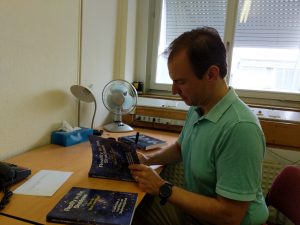
One fun distraction this week was a little book signing I did for some excellent students at a U.S. University. I don’t want to spoil any surprises, but the books are intended for a few students in recognition of their achievements. I hope they enjoy our tour of the frontiers of particle physics and astrophysics, and find their own path forward into discovery in whatever topic they find personally fascinating or compelling!
But seriously. It’s research time.
Most of this past week has been filled with my research on the ATLAS Experiment. The graduate students and post-doc that work closely with me at SMU are involved in various aspects of the study of the Higgs and bottom quark interaction. One graduate student is working through the difficult effort of developing reliable models that describe the backgrounds – the events that fake the existence of the Higgs particle – in a particular analysis. This has involved a large number of trial maximum likelihood fits to simulated data to see what models can behave themselves (while providing an adequate description of the background) and which cannot. This is all in lieu of the discovery and resolution of a software bug that affected the underlying samples used to do such studies, and so everything must be redone.
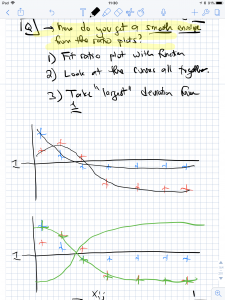
My other student is studying the effects of various theoretical variations in the top quark background on a different Higgs/bottom quark analysis. Top quarks are an especially noxious background to Higgs studies where bottom quarks are the final decay product of the Higgs. Top quarks are heavy and produce a similar multiplicity of the same particles found in corresponding Higgs production and decay; they produce high-momentum particles, similarly to the Higgs; and they are produced far more readily than the Higgs, meaning you have to work to cut them down by large amounts to keep them under control. Understanding how theoretical assumptions, when varied, alter your quantification of how good a job you are doing in rejecting and/or describing this background is essential to the measurement.
All together, most of us are also working on the b-jet triggers currently in operation in the ATLAS Experiment. These are software-based algorithms in the “High-Level Trigger”, or HLT, system. They consume a lot of CPU, but their job is to identify in real-time jets with a high degree of probability of originating from bottom quarks. Such quarks are potential signs of many things, from rare Higgs particle production to supersymmetry. This past week, we’ve been working hard to get a new tuning of the jet identification algorithm ready for deployment; this is being done as the LHC conducts “machine development” and we enter a “technical stop” this coming week before resuming data-taking in a few weeks.
Deeply irritating technical problems, having nothing to do with our own actions to develop the tuning, have stunted progress this week. Data files on disk suddenly stopped being readable. The original data files expired from the “grid,” a vast cloud-computing infrastructure for hosting data and running analysis. I requested replication of these files from data tape to disk at a few sites, but it can take a week for such replications to complete. Meanwhile, attempts to run other tasks on the grid have yielded results different from running the same task on a local computer system. Sigh and heavy sigh.
I credit my students and post-doc with persistence in the face of such annoyance.
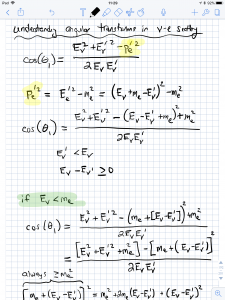
For my own time, I’ve been working on moving some data to SMU to help in large computing tasks for one of the Higgs/bottom quark analyses. In addition, I’ve been trying to work with my co-leader in the b-jet trigger group to run a “dilepton” analysis that will allow us to study b-jet identification performance in real data. The idea is to select events that are most likely top quark pairs, identify the presence of top quark decays using an electron and a muon and missing energy, and then run the b-jet triggers on the jet objects and build up a picture of the algorithm’s efficiency under various LHC conditions. I’ve also been updating a bunch of work that a former student of mine and I did for a paper a couple of years ago, one we want to edit, update, expand, and resubmit to journal for possible publication.
The week ahead
The work I described above continues this week. My aim is to complete as much of it as possible, with emphasis on the b-jet trigger-related activities.

